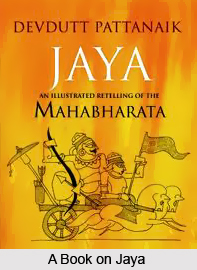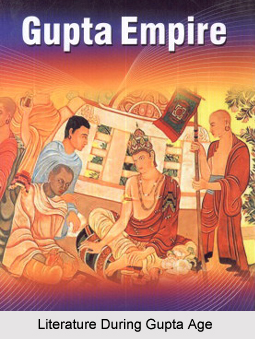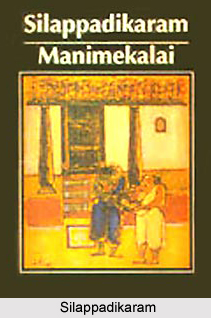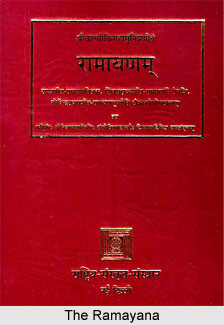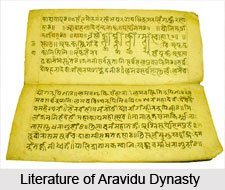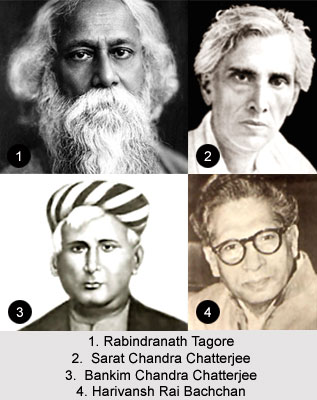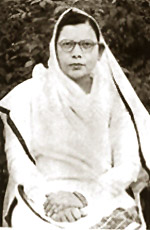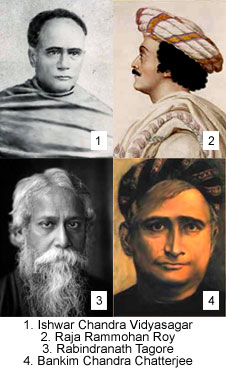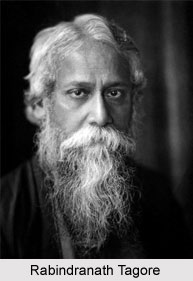Kuravanci plays in Tamil Literature were generally written in verse form. The word kuravanci refers to a gypsy woman who was born in the family of a kuravar. In most of the Kuravanci plays and dramas, the kuratti woman has an important role to play as a fortune-teller or oracle. The primary subject matter and theme of Kuravanci plays in Tamil literature are human emotions and feelings of love. The fascinating interest in the Kuravanci play is sustained by the exceptional composition of the play itself. The rich metrical variations, along with the content and theme, increase the appeal of Kuravanci plays. The complete story of the play is narrated in verses and in between of scenes, a comedian or jester emerges to declare the arrival of the important dramatis personae to the spectators.
Content of Kuravanci Plays
The story of Kuravanci plays are described in almost similar manner in Tamil Literature. The central female character of the tale is usually portrayed as a beautiful young lady who falls in love with the male protagonist while he participates in procession through the main roads of the city. The lovelorn heroine then pines for the love of the hero. When an unmarried friend of the heroine asks her about the reason of her suffering, the heroine shares all her feelings with the maiden and then requests her to go to the hero and express her love to him. While the friend is one her way to meet the hero, the maid encounters a gypsy woman and brings her along to meet heroine in order to read her palm and foresee her future. But before engaging in the fortune telling process, the gypsy woman, known as kuratti in Tamil language, sings of the scenic beauty and fertility of the hill country. Eventually she reads the palm of the lovelorn female protagonist and predicts the happy consummation of her love affair with the charming hero.
For her favourable predictions, the gypsy is bestowed with many gifts such as jewellery, precious stones and other kinds of gifts by the heroine. Later the gypsy or kuratti goes back to her residence adorning all the ornaments which she received as gifts. While returning home, the gypsy woman meets with her husband who is engaged in the act of catching birds. She describes the events that took place and the fact that she was gifted many ornaments by a generous but lovelorn lady. Therefore, the Kuravanci play concludes on a happy and pleasing note.
Literary Works in Kuravanci Plays
There are several literary and poetic works in Tamil literature that mentions and describes the Kuravanci plays. Tirukkurralak Kuravanci is one of the most popular Tamil literary works in the kuravanci genre. The Tamil poet Kumarakuruparar composed the work of Minatci Ammai Kuram which comprises of a similar theme, but the work is not a play. On the contrary Carapentirapupalak Kuravanci, authored by Civakkoluntu Tecikar, is one of the most appreciated works on this subject matter, written in the form of a play. There are several other literary and poetic works which are included in Kuravanci plays in Tamil literature such as Tiruvarurk Kuravanci, Arttanaricuvark Kuravanci and Kumpecar Kuravanci Natakam.
The significant work of Tirrukkurralak Kuravanci is a prominent part of Indian drama and theatre even at the present age, and is also considered as a valuable part of Tamil literature. Tirukutaracappak Kavirayar, an eighteenth century poet and scholar, composed this work by focusing on the scenic beauty of a city in the far south of Tamil Nadu, known as Kurralam. Moreover, the author has also praised about the greatness of Lord Shiva, who was the presiding deity at the shrine at Kurralam. Tirrukkurralak Kuravanci is still read with great interests even now and the verses are set to music and are recited at various shrines in Tamil Nadu.
Vicuvanata Sastriyar composed several works in the Kuravanci genre. His most notable works include of Nakulamalaik Kuravanci and Vannakkuravanci, composed during the nineteenth century, which have also gained much popularity.
